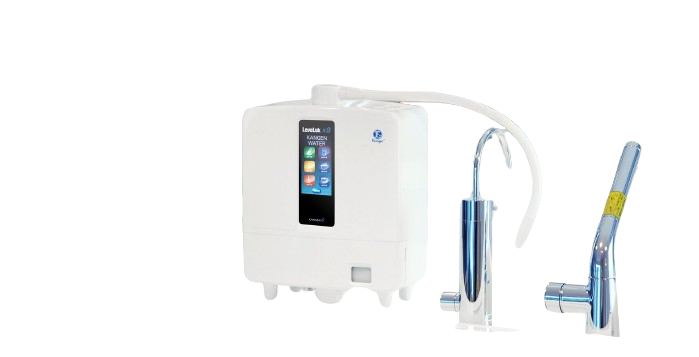Kart wheels are a crucial component in kart racing, affecting everything from handling to speed. Understanding the different types of kart wheels available can help you make an informed decision about which ones are best suited for your specific needs. Here’s a breakdown of the various types of kart wheels you might encounter.
1. Aluminum Wheels
Overview
Aluminum wheels are one of the most common types used in karting. They are known for their durability and affordability, making them a popular choice among both beginners and experienced kart drivers.
Advantages
– Durability: Aluminum wheels are highly durable and can withstand a lot of abuse, making them ideal for both recreational and competitive karting.
– Cost-Effective: Generally, aluminum wheels are more affordable compared to magnesium wheels, making them a budget-friendly option.
– Versatility: They work well on a variety of track surfaces, including asphalt and dirt.
Disadvantages
– Weight: Aluminum wheels are heavier than magnesium wheels, which can affect the overall performance of the kart, particularly in competitive racing where weight reduction is crucial.
2. Magnesium Wheels
Overview
Magnesium wheels are designed for those who want to maximize performance by reducing the weight of their kart. These wheels are often used in higher levels of kart racing due to their impact on handling and speed.
Advantages
– Lightweight: Magnesium wheels are significantly lighter than aluminum wheels, which can enhance acceleration and handling.
– Performance: The reduced weight allows for faster lap times and better maneuverability on the track.
Disadvantages
– Cost: Magnesium wheels are more expensive than aluminum wheels, making them less accessible for casual kart drivers.
– Durability: They are generally less durable and more prone to damage, especially on rough or uneven surfaces.
3. Plastic Wheels
Overview
Plastic wheels are less common but can be found in certain types of karting, particularly in specific youth karting or rental karts.
Advantages
– Cost: Plastic wheels are usually the most affordable option, making them ideal for budget-conscious karting.
– Lightweight: They are lighter than aluminum wheels, though not as light as magnesium wheels.
Disadvantages
– Durability: Plastic wheels are less durable and more prone to cracking or breaking under stress.
– Performance: They generally do not offer the same level of performance as aluminum or magnesium wheels.
4. Carbon Fiber Wheels
Overview
Carbon fiber wheels are a high-end option used primarily in professional karting. They offer exceptional performance benefits due to their advanced materials and construction techniques.
Advantages
– Extremely Lightweight: Carbon fiber wheels are among the lightest available, offering superior acceleration and handling.
– Strength and Stiffness: They provide excellent strength and stiffness, which improves overall kart performance.
Disadvantages
– Cost: Carbon fiber wheels are very expensive and are generally only used by serious racers who are willing to invest heavily in their equipment.
– Fragility: While strong, carbon fiber can be brittle and may not perform well in all types of crashes or impacts.
5. Adjustable Wheels
Overview
Some kart wheels come with adjustable features that allow for changes in width or offset. These are typically used in high-level karting to fine-tune the kart’s handling.
Advantages
– Customizability: Adjustable wheels allow racers to modify the setup according to their specific needs and track conditions.
– Enhanced Handling: By adjusting the wheel’s width or offset, drivers can optimize their kart’s handling and performance for different tracks.
Disadvantages
– Complexity: Adjustable wheels can be more complex to set up and require a good understanding of kart dynamics to use effectively.
– Cost: They are often more expensive due to their advanced features and adjustability.
6. Off-Road Wheels
Overview
Off-road kart wheels are designed specifically for rough and uneven surfaces. They are commonly used in off-road karting or dirt tracks.
Advantages
– Durability: These wheels are built to withstand rough terrain and impacts.
– Traction: They offer better grip on loose or uneven surfaces, providing better control in off-road conditions.
Disadvantages
– Performance on Smooth Tracks: Off-road wheels are not ideal for smooth, asphalt tracks and can reduce performance on such surfaces.
Conclusion
Choosing the right type of kart wheel is essential for optimizing your kart’s performance based on your racing style and track conditions. Whether you opt for the durability of aluminum, the lightweight performance of magnesium, or the advanced features of carbon fiber, each type of wheel has its own set of benefits and drawbacks. By understanding the different types of kart wheels available, you can make an informed choice that enhances your karting experience and meets your specific needs.
For more info: Vortex Engine




